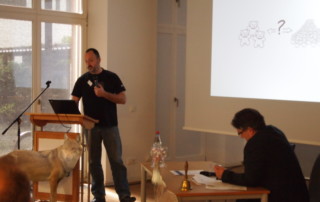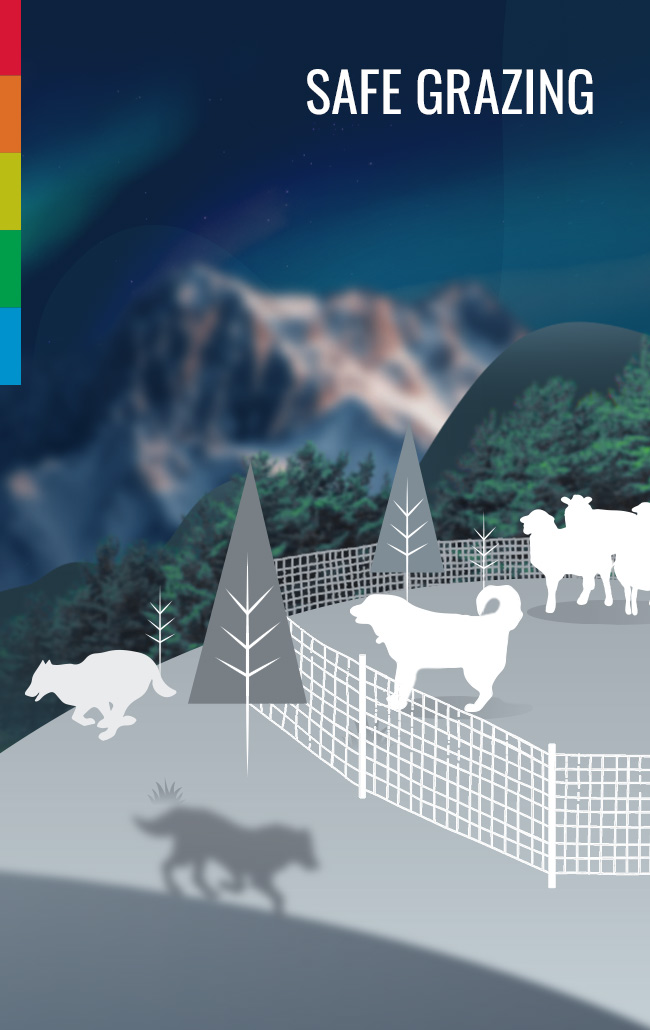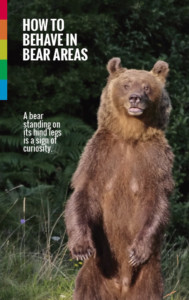ACTION C.3 – Integration of bear habitat connectivity and suitability into spatial planning
Connectivity between habitat patches is critical for long-term survival of wildlife populations, as it directly affects its dynamics and chances of long-term survival but also its possibilities for expansion. Re-colonization of Eastern Alps through natural expansion of bears from the Dinaric population is one of the priorities of bear conservation in Europe. This makes improving of habitat connectivity between the Dinaric Mountains and the Alps, which will ensure the adequate number of dispersals and maintain gene flow, critical for establishing a viable bear population in the Alps. The most effective way to do this is to provide correct information for environmental impact assessment (EIA) that would include habitat connectivity for bears in spatial planning, and conserve the most critical locations. The understanding of habitat suitability and spatial connectivity of landscape will be transformed into handbook “EIA Guidelines”. The idea is for the book to be used in future spatial planning, as a measure to prevent further fragmentation, and for an assessment of critical barriers currently causing fragmentation with identification of best areas for amelioration actions. An educational seminar will be organized in each country. With this action we will attempt to fill the expert knowledge gap and popularize the large carnivore habitat connectivity issue among the experts and companies dealing with spatial planning and environment impact assessments.
Latest C.3 actions:
LIFE DINALP BEAR at the workshop of the EU Platform for coexistence of people and large carnivores
Our project team members have attended the 3rd Regional Workshop of the Platform for Coexistence of People and Large Carnivores that [...]






